Joe
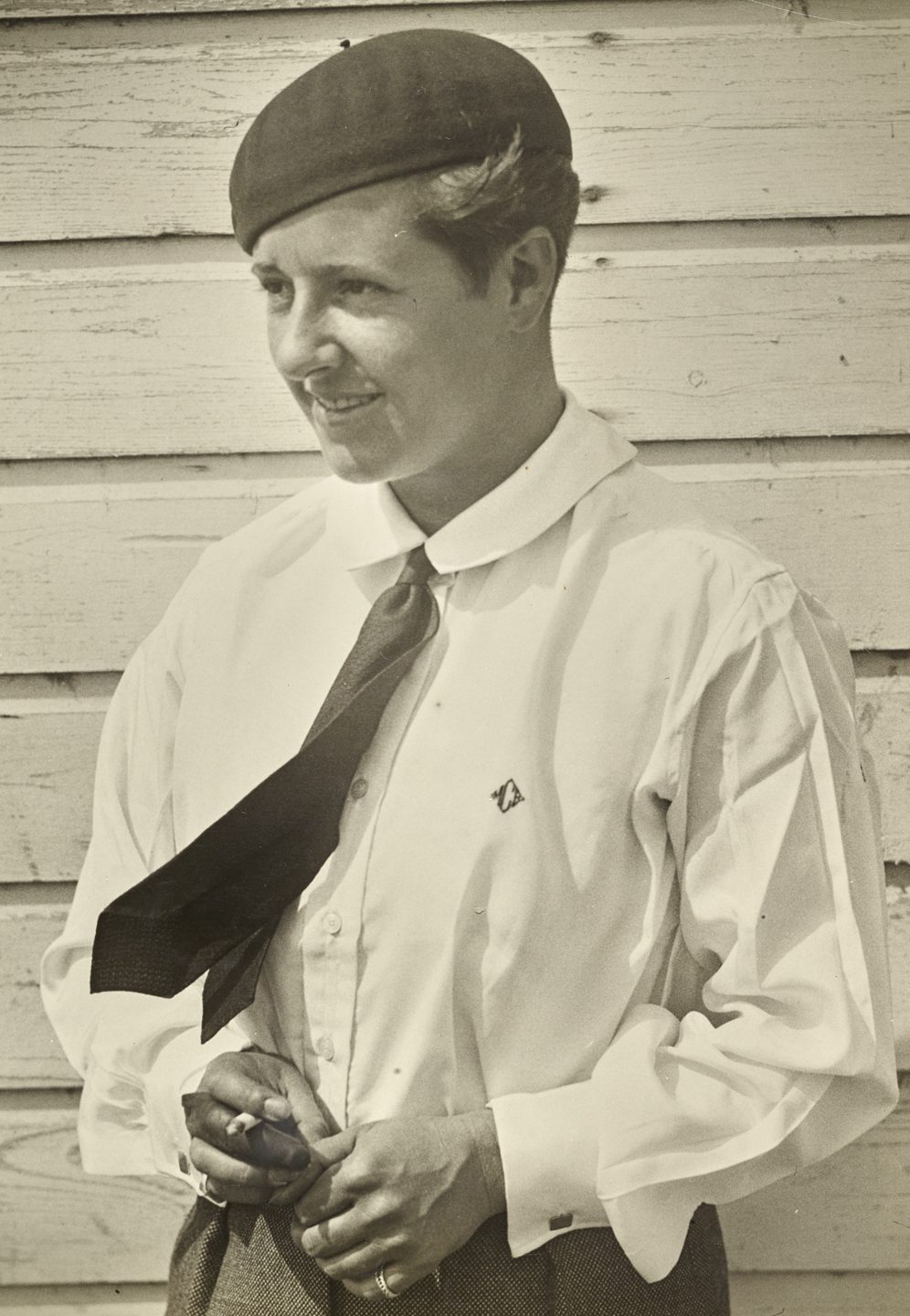
Marion Barbara “Joe” Carstairs would be the first to tell you that she was “never a little girl.” Born February 1, 1900, in London, Joe was the first child of American heiress Frances Evelyn Bostwick (the second child of Jabez Bostwick, a founding partner of Standard Oil). Her legal father was Captain Albert Carstairs of the Royal Irish Rifles, or, at least, we think. Captain Carstairs re-enlisted in the army one week before Joe’s birth. He and Evelyn divorced soon after that, and some suggest that he may not have been Joe’s biological father.
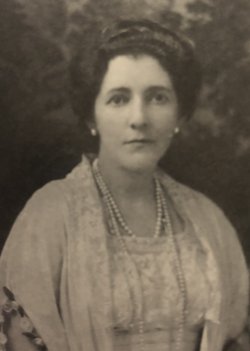
Joe’s mother, who went by her middle name, Evelyn, was “fed by alcohol and heroin,” according to biographer Kate Summerscale. She was known for her string of lovers and husbands. Joe’s favorite was Count Roger de Périgny, who was much more of a buddy than a father. The Count shared many of his hobbies with his new stepdaughter, some much less wholesome than others. The most important, however, was his love of things that go fast. In fact, de Périgny had one of his racecars modified so that 16-year-old Joe could drive it. The relationship between Evelyn and Roger, unsurprisingly, did not last.
Joe the Driver
Joe’s love for speed and thrill did endure, though. She convinced her grandmother, Nelly Bostwick, Joe’s personal idol, to allow her to join the American Red Cross during World War I. She was stationed in Paris and drove ambulances. During her school years, Joe was a tomboy, but in France, she forged a new identity. She spent most of her free time with the Bohemians, including Dolly Wilde, Oscar’s niece. Dolly and Joe became fast friends, and, eventually, lovers. “My God, what a marvelous thing,” Joe would later recount, “I found it a great pity I’d waited so long.”
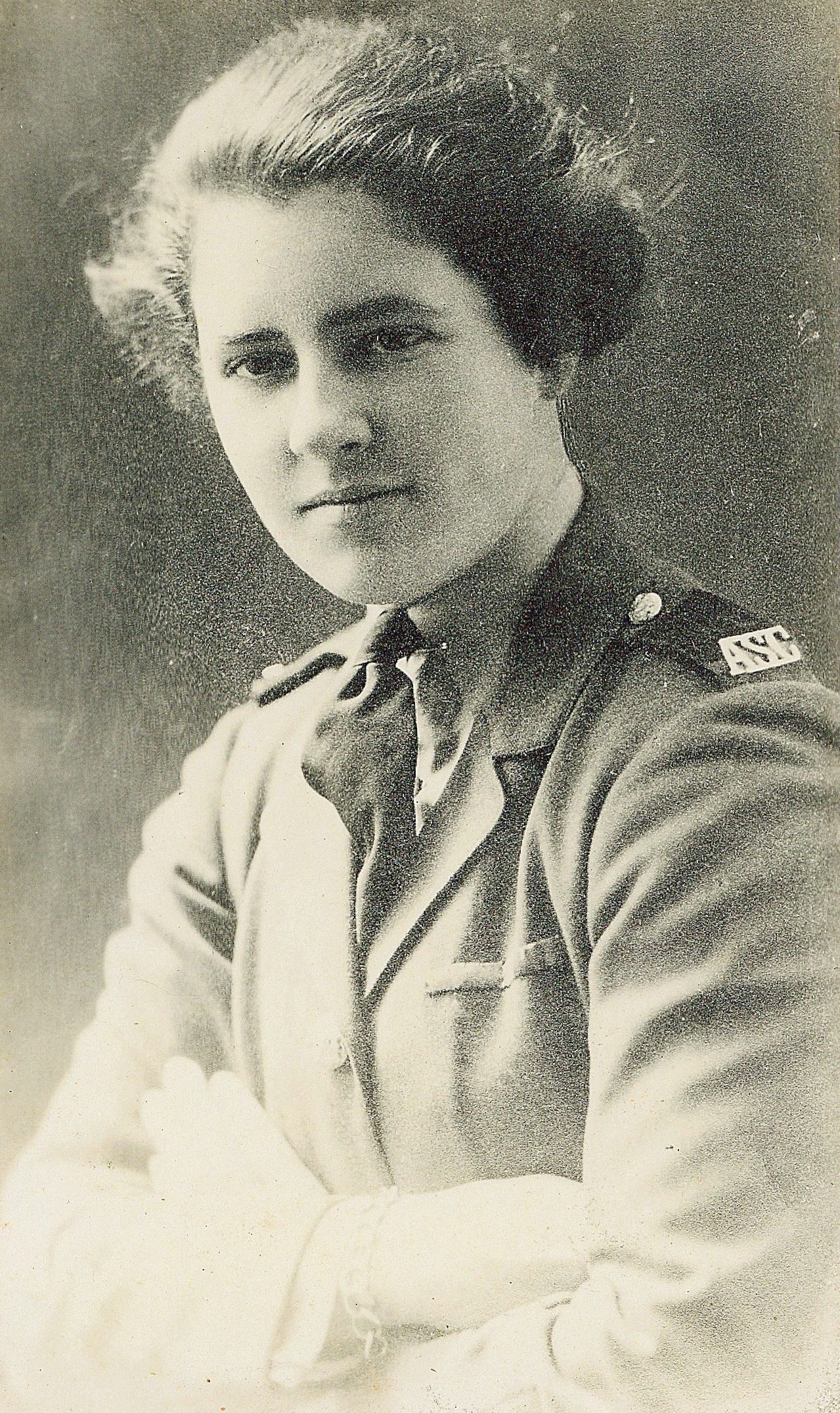
Dolly was just the beginning of Joe’s (let’s call it prolific) love life. She would photograph each of her girlfriends and lovers, and at the time of her death, the album contained 120 portraits. Notable amongst her liaisons were Marlene Dietrich, Greta Garbo, and Tallulah Bankhead.
Joe the Bride turned business owner
News of Joe’s homosexual liaisons eventually reached her mother. Evelyn sent for Joe and demanded that she cease her illicit actions and return home. Her mother threatened that if Joe did not marry a man, she would be stripped of her rather sizable inheritance. She did as her mother demanded. Though, in true Joe Carstairs fashion, she did so by marrying a French aristocrat that rumors suggested her mother was also involved with. The pair were wed, split the dowry between them, and parted ways after the reception.
With the money from her “marriage,” Joe was able to pursue other ventures. She took a series of odd jobs working in a bar in Margate, followed by a Bugatti showroom, and a chicken farm in Southhampton. Afterward, Joe purchased a fleet of Daimlers and opened X-Garage, an all-women operated chauffeur service. Her first employees were many of the women she had driven ambulances with during The Great War. They were available for longterm travel and often provided tours of war memorials in France and Belgium. The company enjoyed a lot of success and some high-profile clientele.
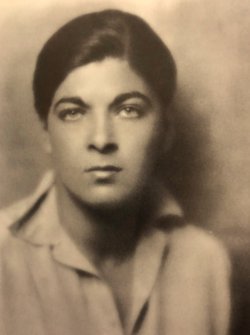
During this time, Joe met and fell in love with a young woman named Ruth Baldwin. By some reports, Ruth was the only woman Joe ever truly loved. In 1925 the pair took a Christmas vacation to the Swiss Alps. Ruth gave Joe a stuffed leather doll by German toy manufacturer Steiff. She named the doll Lord Tod Wadley and as biographer Kate Summerscale put it, she “traded her life for his.” Lord Tod went everywhere with Joe, and he was dressed in the most refined custom suits from Saville Row and Italian leather shoes.
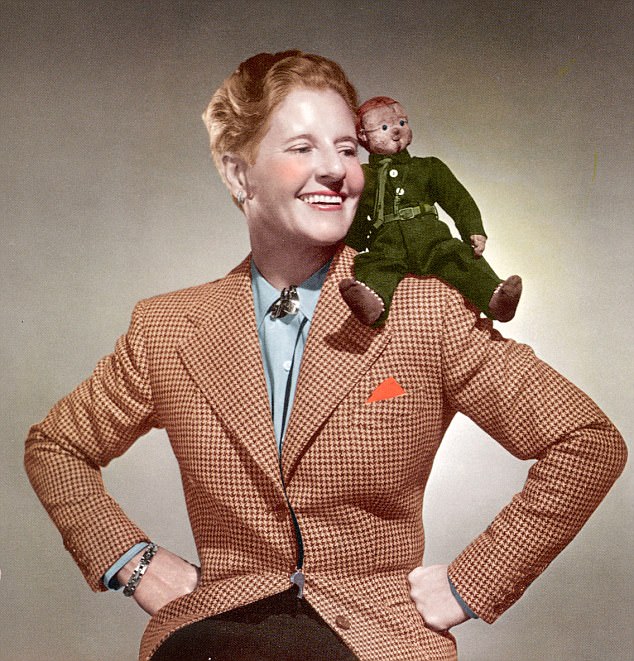
Joe the Powerboat Racer
Although she loved cars, boats were even better. In an interview about what she was like as a child, Joe said, “I didn’t admire anything. Except boats.” The death of Joe’s beloved grandmother, Nelly, made her an even richer woman.
She began commissioning powerboats to be built at a shipyard in Cowes. The first she named Gwen after a lover. It was a 17-foot hydroplane. Gwen flipped during one of its early test runs and was rechristened Newg. Get it? It’s Gwen but flipped upside down.
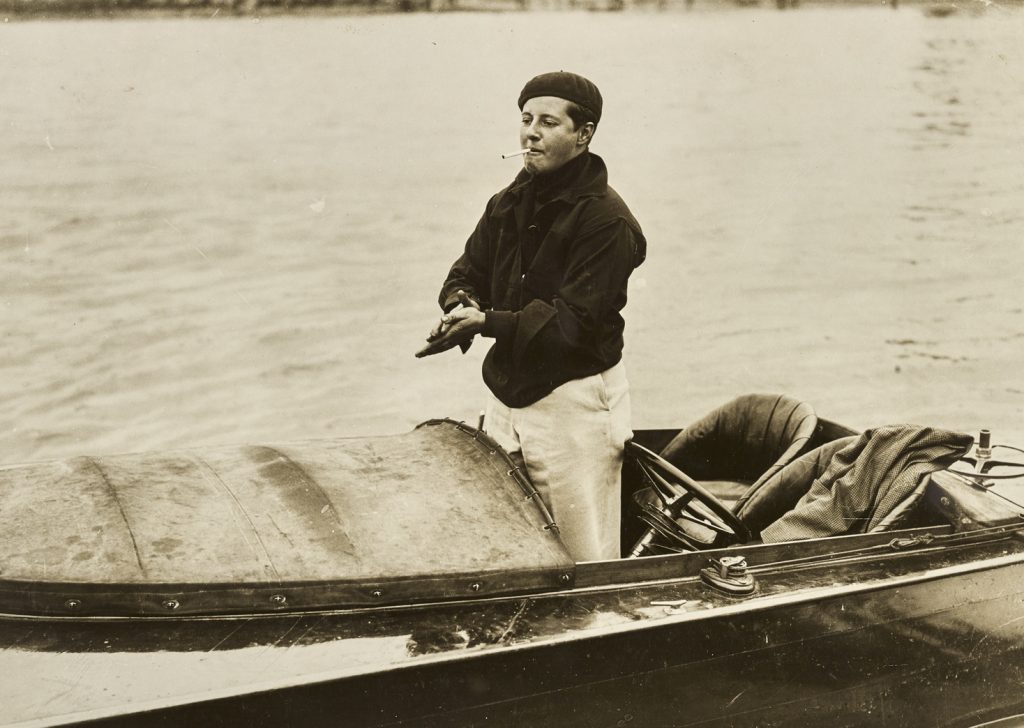
Joe saw a lot of racing success, taking the trophies at several competitions in Southampton and Cannes. She took Newg to The Duke of York’s Trophy, a four-and-a-half mile race down the Thames. In 1925 Joe became “the fastest woman on water” during the race. Unfortunately, her propeller got tangled in the weeds, and she ultimately came in fifth but not before securing her new title. She took the trophy the following year with a new supercharged engine. One success led to a handful of other victories. With her racing credentials unquestionable, Joe set her sights on The Harmsworth Trophy.
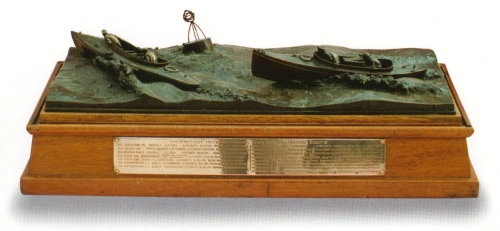
Three boats were commissioned for the 1928 Harmsworth race. Each was built to travel at 100-knots, the fastest boats on the water. The series was named Estelle for Joe’s late mother. If that sounds strange, it is. Joe’s mother was named Evelyn. With a laugh, she claimed that she had simply misremembered her mother’s name when someone pointed out her error. It seems as likely as not that she had done so on purpose.
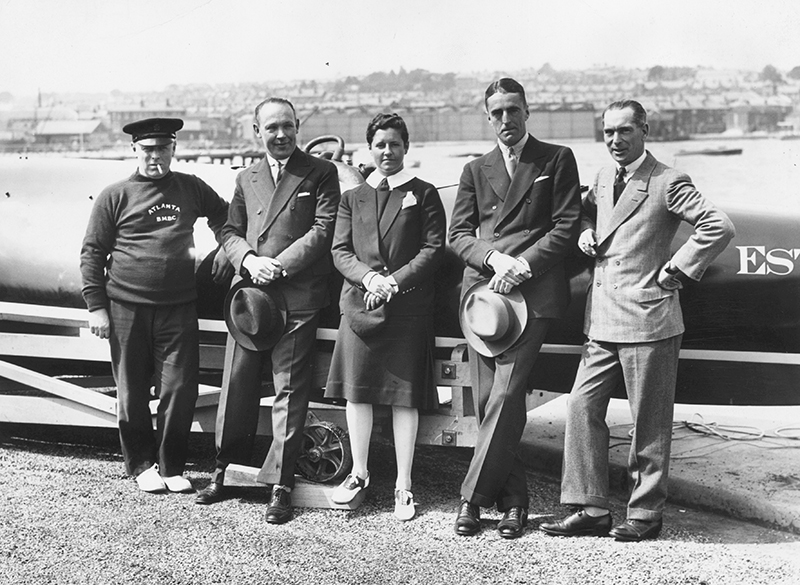
Of the three boats, one sank, and one was never completed. Estelle II, painted sleek black, was Joe’s boat for the race. 150,000 onlookers watched as Joe took the lead, but an accident sent Estelle flying into the air and sent Joe and her mechanic splashing down into the water of Lake Saint Claire.
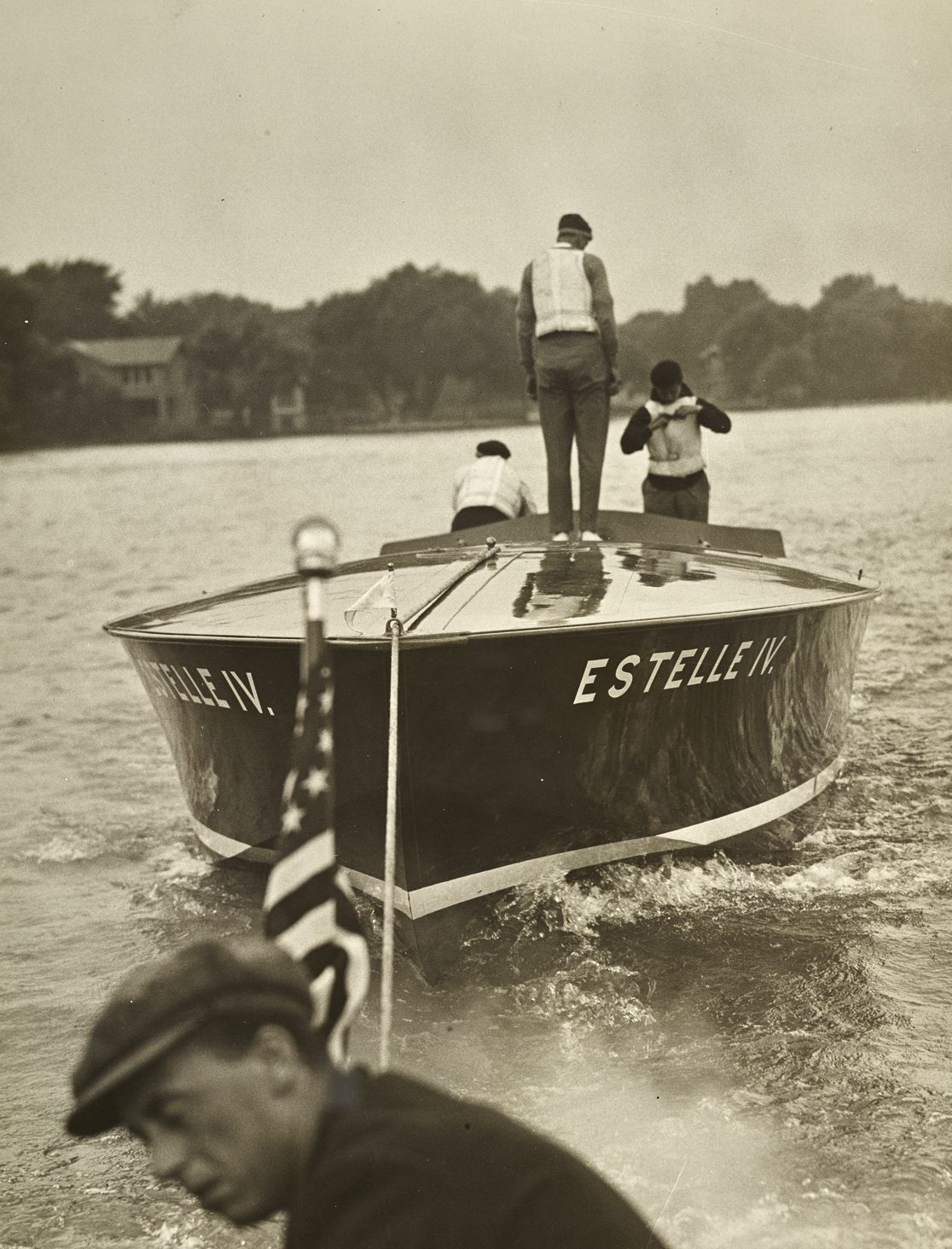
Joe was undeterred by her loss. She re-entered the following year in a boat she built herself but could not find victory. In 1930 she entered yet again and broke the American water-speed record before both of her boats broke down irreparably. In an interview after the race, she said, “Well, you’d better get a good look at me, because I am not coming over again.”
Joe the Queen
Her racing career behind her (and tax problems in both the United States and England ahead), Joe looked to new horizons. Namely, the Bahamian island of Whale Cay. It was for sale following a failed attempt to turn it into a resort island. The Bahamas were also a tax haven. Joe was enamored with the island at first sight and felt the feeling was mutual. “This island had a particular liking for me,” she declared.
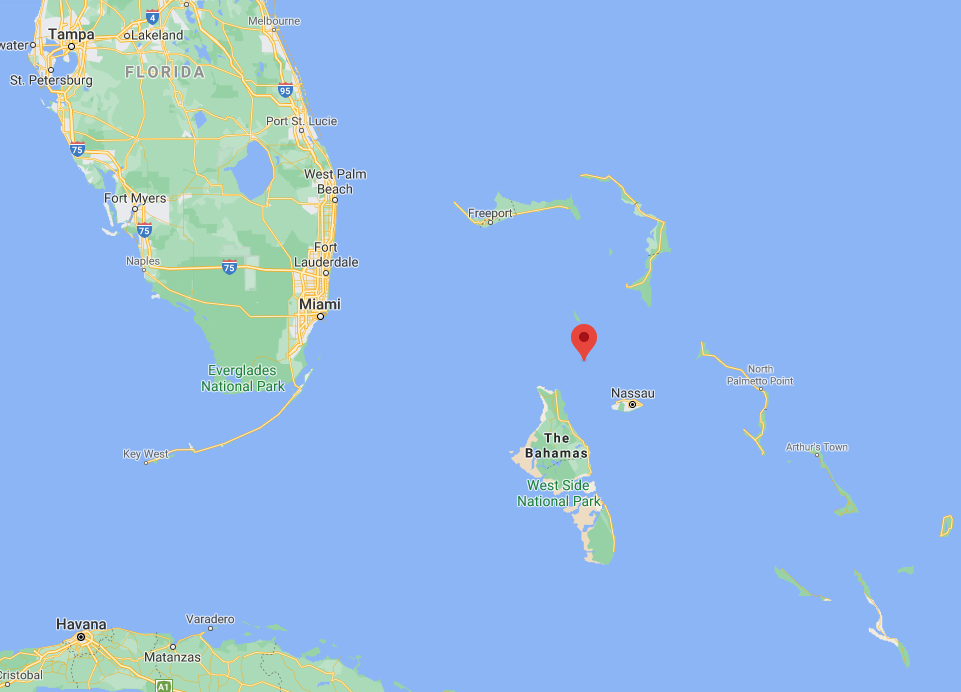
Some 200 people already called the small island their home. Joe swept in with the notion of being their savior, their queen. She built a great house for herself and built roads, stores, fruit plantations, a lighthouse, and a church soon after that. Anyone who wished to live on Whale Cay was welcome to, but they were expected to work.

The deal was simple, live on the island, work, get paid for your work, and, most importantly, perhaps, follow the rules. Anyone who didn’t do as Joe demanded, and she required a lot, was banished from the island. Joe was the unquestioned queen, and her subjects were expected to be loyal. If you were, life was good, and Joe was benevolent. If you were not, well…
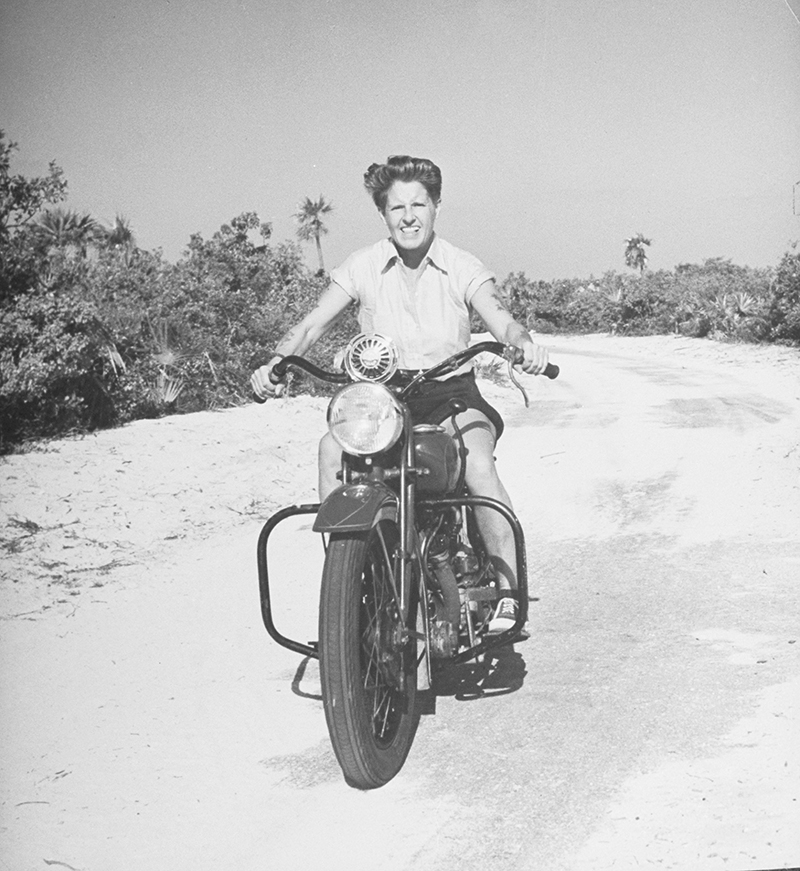
Whale Cay became famous or, perhaps, infamous is more appropriate. It was a fantasy. Joe was known for putting on a military-style uniform and false mustache to preside over her island and issue commands. She hosted many notable celebrities and dignitaries of the time, including the Duke and Duchess of Windsor, on multiple occasions. At least once, she concocted a scheme to have the island inhabitants stage an attack on the great-house to thrill her guests.
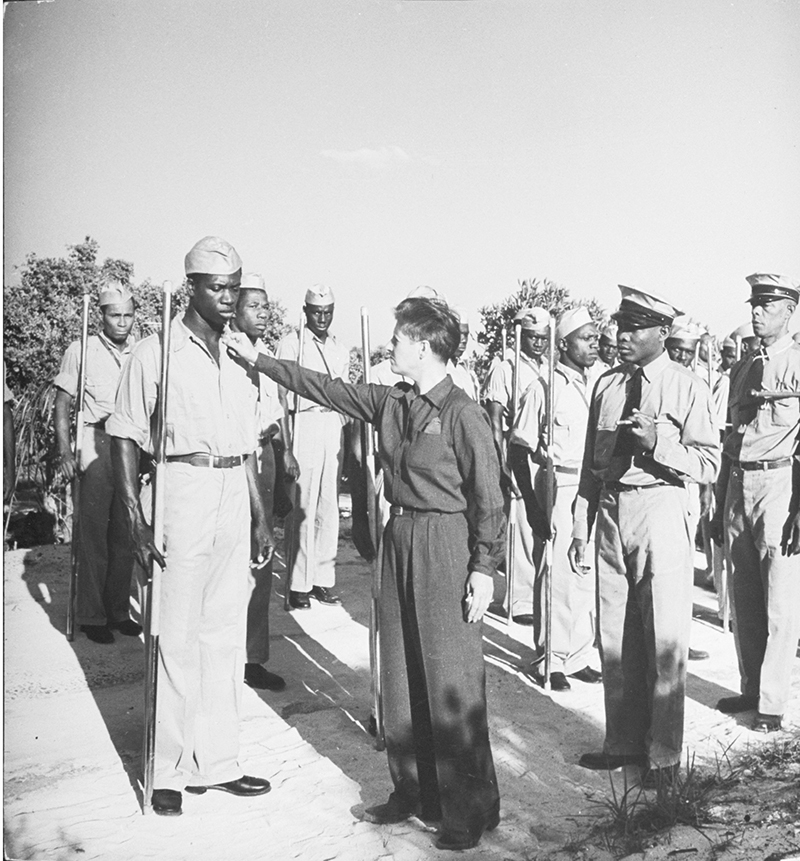
In 1940 an American pilot landed his amphibious plane off the coast of Whale Cay and went ashore. He did not stay long. A friend of his, who happened to be a reporter, wrote, “He came back in a big hurry, reporting in some alarm that when he landed in the water, a short, stock-built dame came popping out of the house on the cay with a double-barrelled shotgun in her dukes and dull menace in her lovely orbs.”
When the thrill of Whale Cay began to diminish, Joe moved on to live in Miami, and then Naples, Florida. She died in 1993, at 93 years old, Lord Tod at her side. In her will, she requested the doll be cremated and buried alongside her. She is laid to rest in Oakland Cemetary in Sag Harbor, New York.
Joe the Individual
Marion Barbara “Joe” Carstairs was a complicated individual. It is easy to look at her story and see faults and flaws. They are undeniable. Yet, despite her shortcomings, her temper, her self-centeredness, Joe wanted to contribute. She tried to do what she truly believed to be the best. Joe was unquestionably generous to her friends. The women of X-Garage and the crew who worked on her boats were paid stipends for life. Long after their work was finished. She was also absolutely fearless and proved it time and time again. From ambulance driving in WWI to a daring nighttime rescue in U-boat infested waters during WWII, she never flinched.
Possibly the most crucial takeaway from Joe’s story is that she was ever herself. Joe marched to the beat of her own drum and did not care if anyone disliked it. The argument can certainly be made that the privilege of wealth allowed her the social freedom to do as she pleased. However, one cannot help but be inspired by her wild individualism, her pride, and her ability to deafen the naysayers. Joe was Joe to the end.
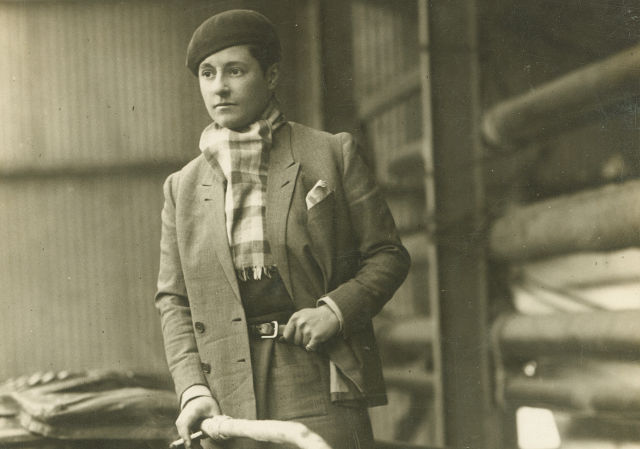
A note on pronouns:
 Marion Barbara Carstairs chose to be called Joe. She wore men’s clothing specifically designed to diminish her bust. She would also walk about her island wearing a false mustache. It is possible that, were she alive today, she would identify as a transgender man. However, Joe referred to herself as a woman and so, for the purposes of this post and for the sake of not making an assumption, I have as well.
Marion Barbara Carstairs chose to be called Joe. She wore men’s clothing specifically designed to diminish her bust. She would also walk about her island wearing a false mustache. It is possible that, were she alive today, she would identify as a transgender man. However, Joe referred to herself as a woman and so, for the purposes of this post and for the sake of not making an assumption, I have as well.